GUEST BLOGGER CARRIE TILLOTSON
Thousands of years ago, people living high in the Andes Mountains of South America domesticated alpacas from wild animals. Today, millions of alpacas are still raised in the Andes, but alpaca farming has also spread to North America and around the world. In Alpacas Here, Alpacas There (Beach Lane, 2/11/25) find out all there is to know about the lives of alpacas and their people and compare and contrast how animals and their people live in different places.
Discussion questions
Before reading
Show students the cover of the book. Ask:
- What do you notice?
- What predictions can you make about this book?
While reading
Show students how the text and illustrations depict alpacas in two different habitats: South America and North America.
- Have students identify illustrations of alpacas in each place.
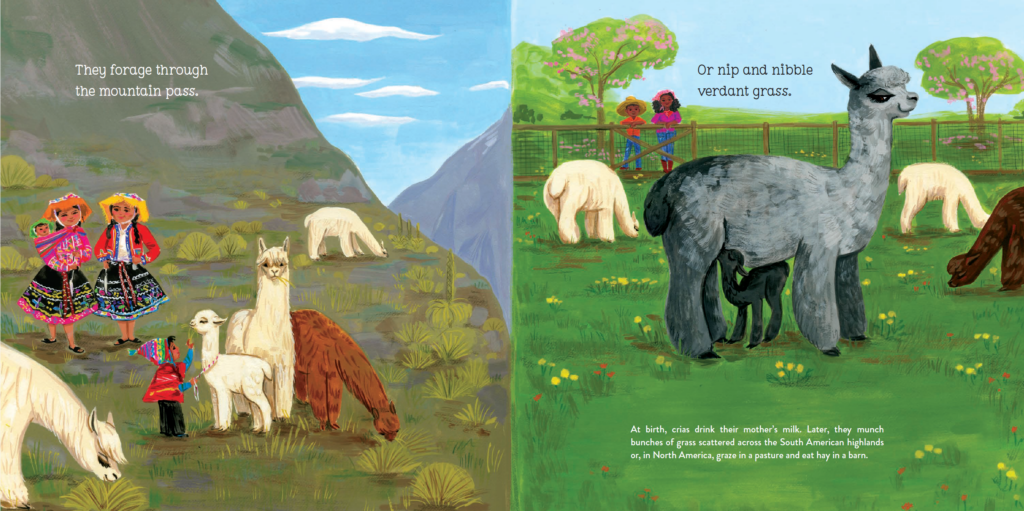
After Reading
Ask:
- Were your predictions correct?
- What evidence or key details support or contradict your predictions?
Activity 1: Compare and contrast how alpacas live in South and North America
- As a group, make a Venn diagram.
- Ask students to name features of alpaca life that are the same or different between in South America and in North America.
- Use words like alike, same, similar, and different.
- Place features that are alike in the intersection of the circles. Place features that are different in the non-overlapping regions.
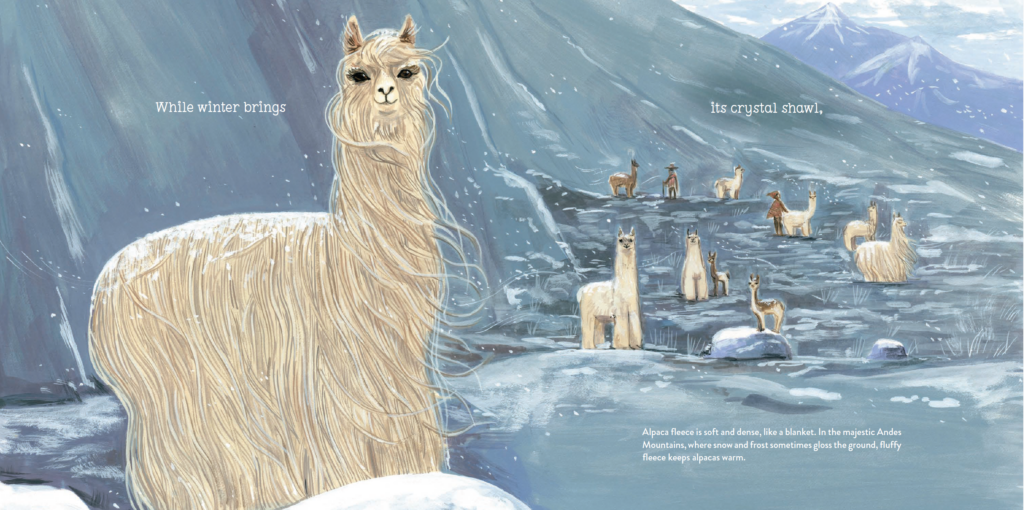
From Alpacas Here, Alpacas There by Carrie Tillotson, illustrated by Elise Chavarri (Beach Lane, 2025)
Discussion questions
Ask:
- Why do alpacas have soft, warm fleece?
- What purpose does alpaca fleece serve to help alpacas survive, grow, and meet their needs?
- Why and how do humans use alpaca fleece?
Activity 2: Science experiment
Objective
Students conduct a science experiment to discover and provide evidence for how alpaca fleece helps alpacas (and their people) stay warm in cold climates.
Materials
- Plastic cups
- Tape
- Scissors
- Alpaca fleece yarn (cut into equal lengths, long enough to sufficiently wrap at least the lower half of a cup)
- Trays or shallow containers
- Warm water
- Ice cubes
- Timer, stop watch, or clock
- Paper and pencil
Begin the experiment by telling students they will compare how long it takes ice cubes to melt in insulated and uninsulated plastic cups. Ask them to predict which ice cubes will melt the fastest and which ones will melt the slowest.
Procedure
- Divide students into small groups. Give each group 2 plastic cups, two pieces of tape, and one length of yarn.
- Have students wrap the lower half of one of the cups in the length of yarn, using a piece of tape to secure the yarn in place at the beginning and end.
- Give each group a small tray or shallow container with a small amount of warm water covering the bottom. Have students place the cups in the tray.
- Start a timer or stopwatch.
- Ask students to observe the ice cubes at regular intervals of about 5 minutes. Ask: What do you notice? Are the cubes melting at the same rate?
- Have students continue monitoring the ice cubes about every 5 minutes until both ice cubes are melted (approximately 20-25 minutes, depending on how warm the water is). While the class waits, discuss what variables, or parts of the experiment, were kept the same, and which variable was different. (Examples could include: same types of cups for each ice cube; same size of ice cube; same location for melting; same length of yarn. The only difference should be whether the cups were wrapped or unwrapped.)
- After the ice cubes have melted, discuss the results. Which ice cubes melted the fastest? Were the results the same or different between groups? Did any group have different results?
Options and extensions
- To speed up the melting process, use warmer water in the tray or place the cups in direct sunlight.
- Graph It! Create a graph of the results as a class.
- Science Experiment 2.0
- Repeat the experiment above, testing other insulating materials like newspaper, aluminum foil, felt or other fabric, cotton, sheep’s yarn, etc.
Featured image credit: “Baby Alpaca” by tintedglass is licensed under CC BY 2.0.
Carrie Tillotson is an award-winning children’s picture book author. Her newest title is Alpacas Here, Alpacas There. Her previous books, Counting to Bananas and B Is for Bananas, have received starred reviews, appeared on state lists, and won awards, including the 2023 Good Housekeeping Kids’ Book Award and SCBWI Crystal Kite Honor Award. After getting a master’s degree in public health, Carrie worked as a biostatistician for more than ten years and now sculpts her interests in science into playful picture books. Carrie lives in Oregon with her husband, son, and two dogs. Visit her online at carrietillotson.com or follow her on Instagram @carrietillotson.


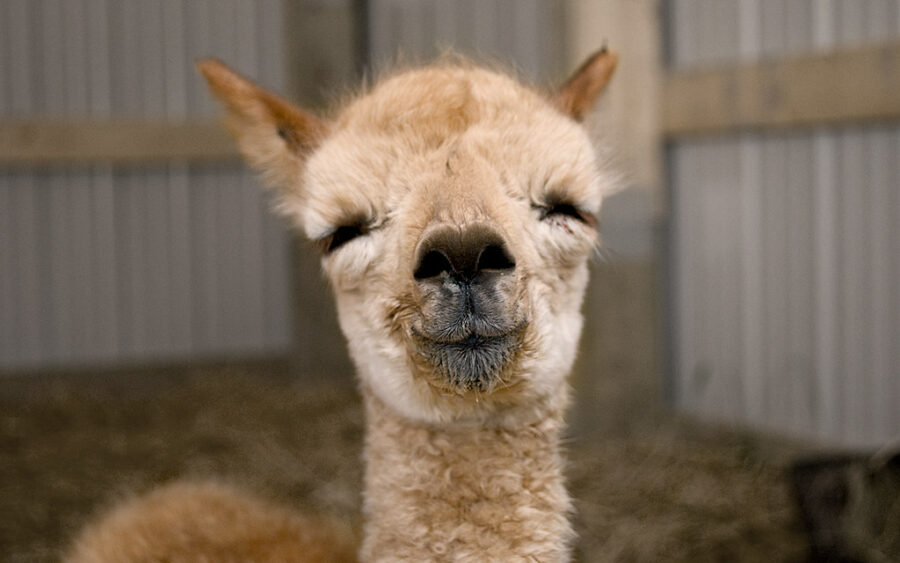
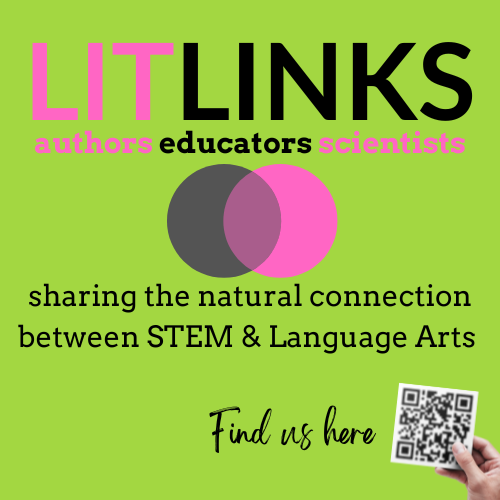
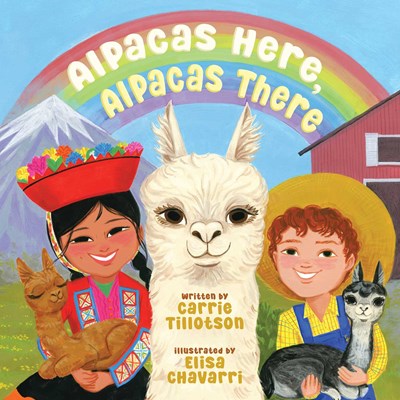
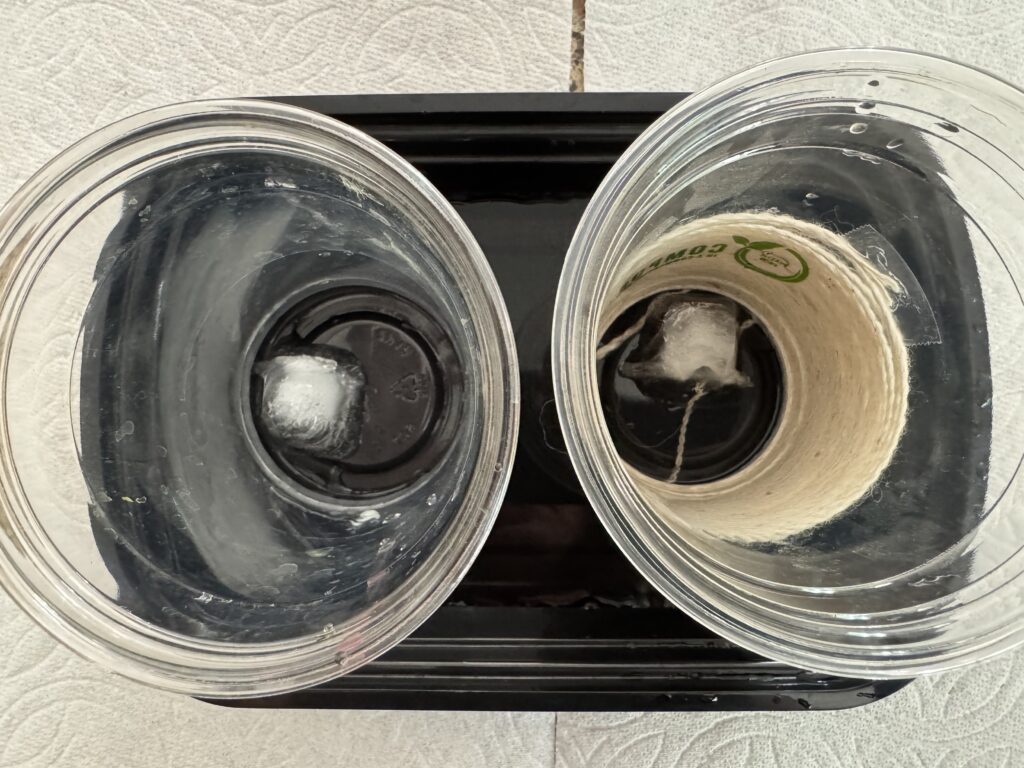


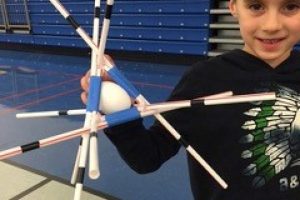
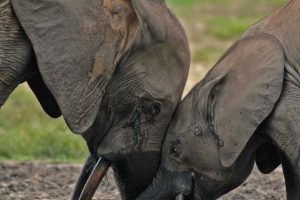


Leave a Reply
Your email is safe with me.